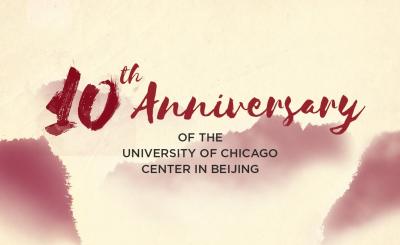
Wei-Cheng Lin specializes in the history of Chinese art and architecture with a focus on medieval periods. His primary interests of research are visual and material cultural issues in Buddhist art and architecture and China’s funerary practice through history. He is the author of Building a Sacred Mountain: The Buddhist Architecture of China’s Mount Wutai, published by the University of Washington Press in 2014. He has additionally published on a variety of topics, including collecting history, photography and architecture, historiography of Chinese architectural history, and contemporary Chinese art.
Before joining the University of Chicago in fall 2015, Lin taught at Iowa State University and University of North Carolina at Chapel Hill. He was the recipient of the Carter Manny Award (Graham Foundation) and Millard Meiss Publication Award (CAA), and has held fellowships from the Academia Sinica in Taipei and International Academy for China Studies at Peking University. He is currently serving on the editorial board for the Archives of Asian Art.
Lin’s current book project, titled Performative Architecture of China, investigates the ways in which Chinese architecture can be considered as actively engaging its users by structuring, affecting, evoking, or shaping their spatial senses and imagination. It explores architecture’s performative potential through history and the meanings enacted through such architectural performance. Other ongoing projects examine re-appropriations of traditional architecture in contemporary China, history of Chinese mortuary architecture, and the politics of Chinese art collection during the 1930s and 1940s.